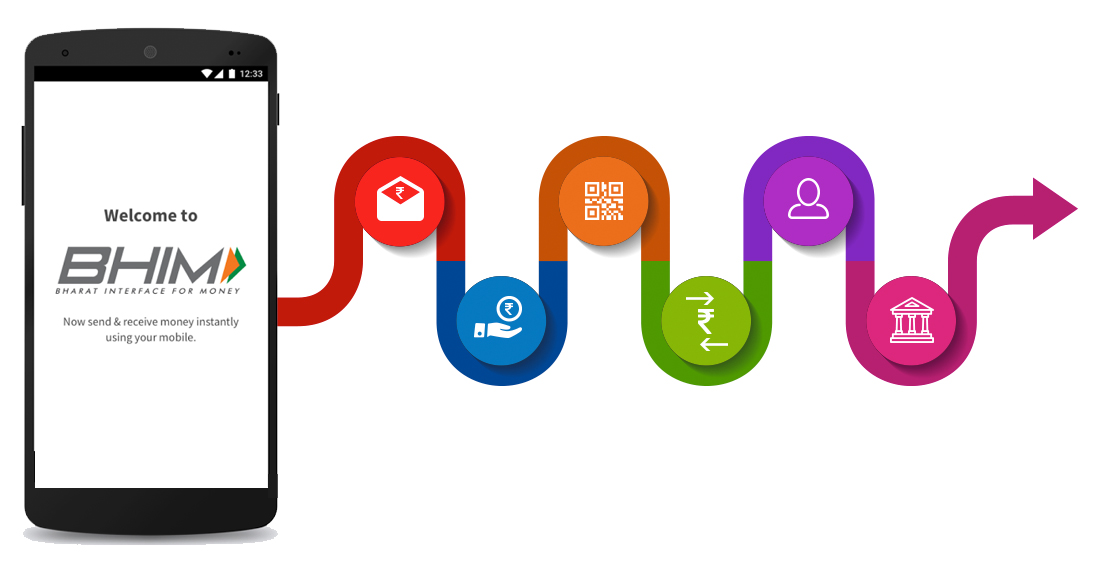Six years of ‘Bharat Interface for Money’
On the 30th of December 2016, the Prime Minister of India, Narendra Modi, launched the Bharat Interface for Money (BHIM) payment app. Six years later, BHIM is still going strong, with a steadily increasing user base and a high volume of transactions being processed through the app. In this article, we take a look at what BHIM is, how it works, and its impact on the Indian payment landscape.
What is BHIM?
BHIM is a mobile payment app developed by the National Payments Corporation of India (NPCI). It is based on the Unified Payments Interface (UPI), which allows for electronic payment directly through a bank. The app is available for use on all mobile devices, including smartphones and feature phones, and can be used with or without an internet connection.
One of the key features of BHIM is its use of biometric authentication. Users can link their bank accounts with the app and make payments by simply using their thumb impression. This makes the payment process quick and easy, and also helps to ensure the security of transactions.
How Does BHIM Work?
- To use BHIM, users first need to download the app and link it to their bank account. This can be done by entering their bank details and authenticating the connection using their thumb impression. Once the app is set up, users can make payments to other BHIM users or to merchants who accept BHIM payments.
- To make a payment, the user simply needs to enter the recipient’s UPI ID or scan their QR code. They can then enter the amount they wish to pay and confirm the transaction using their thumb impression. The payment is then transferred instantly to the recipient’s account.
- BHIM also has a range of additional features, including the ability to check account balances, view transaction history, and request and send money to other users.
Impact of BHIM on the Indian Payment Landscape
- Since its launch, BHIM has had a significant impact on the Indian payment landscape. One of the main goals of the app was to encourage cashless transactions and reduce the reliance on physical currency. In this respect, BHIM has been successful, with a steadily increasing number of transactions being processed through the app.
- According to data from the NPCI, the value of UPI transactions processed through BHIM in November 2021 was INR 11.9 lakh crore (approximately $162 billion), with a volume of 7.3 billion transactions. This represents a significant increase from the previous year, and is a testament to the growing popularity of BHIM among users.
- In addition to increasing the use of cashless transactions, BHIM has also helped to make payment processing more efficient. By allowing users to make payments directly through their bank accounts, BHIM has reduced the need for intermediaries, such as credit card companies, in the payment process. This has helped to reduce transaction fees and make payment processing more cost-effective for both users and merchants.
In the six years since its launch, BHIM has become an integral part of the Indian payment landscape. Its use of biometric authentication and its ability to facilitate electronic payments directly through bank accounts has made it an attractive option for both users and merchants. As the app continues to grow in popularity, it is likely to have an even greater impact on the way that payments are made in India.
Month: Current Affairs - January, 2023
Category: Economy & Banking Current Affairs


